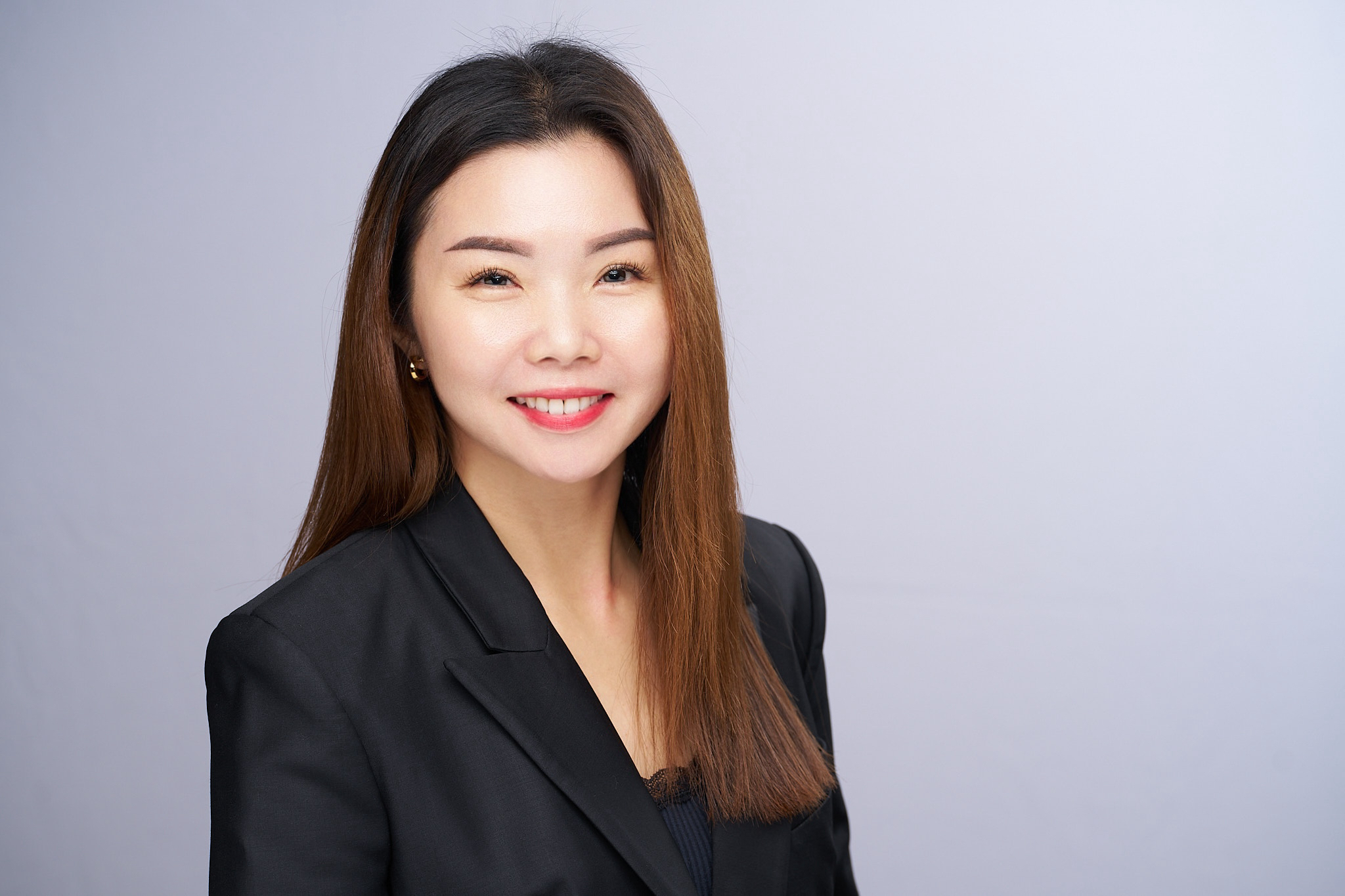How Bloomberg is cracking the code on corporate inclusion
- Josephine Tan

Employee wellbeing and diversity and inclusion (D&I) have taken centre stage on the corporate agenda, acting as catalysts for heightened engagement, improved retention, and enhanced productivity in today’s organisations. Leading the way in this endeavour for Bloomberg is Alisha Fernando, Head of Diversity and Inclusion, Asia-Pacific.
During a fireside chat at HRM Asia’s HR Tech Fest Connect 2023, Fernando and Rajiv Mirwani, Head of Bloomberg, South Asia, provided a glimpse into how the media giant integrates these principles into its corporate culture. To delve deeper into Bloomberg’s initiatives to build a diverse and inclusive workplace, HRM Asia caught up with Fernando.
How do you balance individual country regulations around certain diversity pillars versus global organisational expectations?
Fernando: First and foremost, we always respect the local customs and laws in every location we operate within. But that does not stop us from creating an inclusive environment for anyone who steps through our Bloomberg doors. Regardless of local laws and customs, we focus on four fundamental things to create inclusive environments:
- Welcome: Everyone should be made to feel welcome in your presence
- Safe: Everyone should feel physically, emotionally, and mentally safe
- Valued: Everyone should feel valued for their contribution no matter how big or small
- Respected: Everyone should feel respected for who they are and what they bring
If you focus on those four fundamentals, it does not matter what the local regulations are because you are only striving for equity and inclusion regardless of the dimensions of diversity that people hold or do not hold.
The consideration of empowering the under-represented value adds to the employee value proposition. How does Bloomberg decide which pillars of D&I to focus on and its impact on the organisation and employees?
Fernando: Our Employee Resources Groups (ERGs) are at the heart of this effort, and they are driven by our employees themselves. At Bloomberg, our D&I vision is clear and concise: Inclusion of all, exclusion of none. This vision serves as our guiding principle as we prioritise equity and inclusion across the board. Instead of fixating on specific dimensions of diversity, we emphasise creating an environment where everyone feels valued and included.
We also leverage data analytics to make informed decisions. We examine the data to identify areas that require more attention to ensure equity for all employees. This data-driven approach helps us understand where our efforts can have the most significant impact on both our organisation and our employees.
READ MORE: Bloomberg’s 3-pillar strategy: You, Team & Community
There has been resistance from some hiring managers to hiring women due to maternity clauses. Do you have any tips on how to address them?
Fernando: I believe there is much work to be done. If there is resistance, it indicates a non-inclusive workplace that is not fair or equitable for everyone.
To tackle this issue, I would suggest starting with small discussions involving leaders. These conversations can uncover the underlying fears and root causes, facilitating a better understanding of the problem and potential solutions. Some effective strategies that have been implemented with positive outcomes include reverse mentoring, inclusive leadership training, and allyship training.
At Bloomberg, we have also introduced a programme called Hear Our Voices. This initiative is designed to allow individuals from non-majority groups to share their lived experiences. By doing so, we aim to address misconceptions and misunderstandings, ultimately fostering better cohesion within the organisation.






